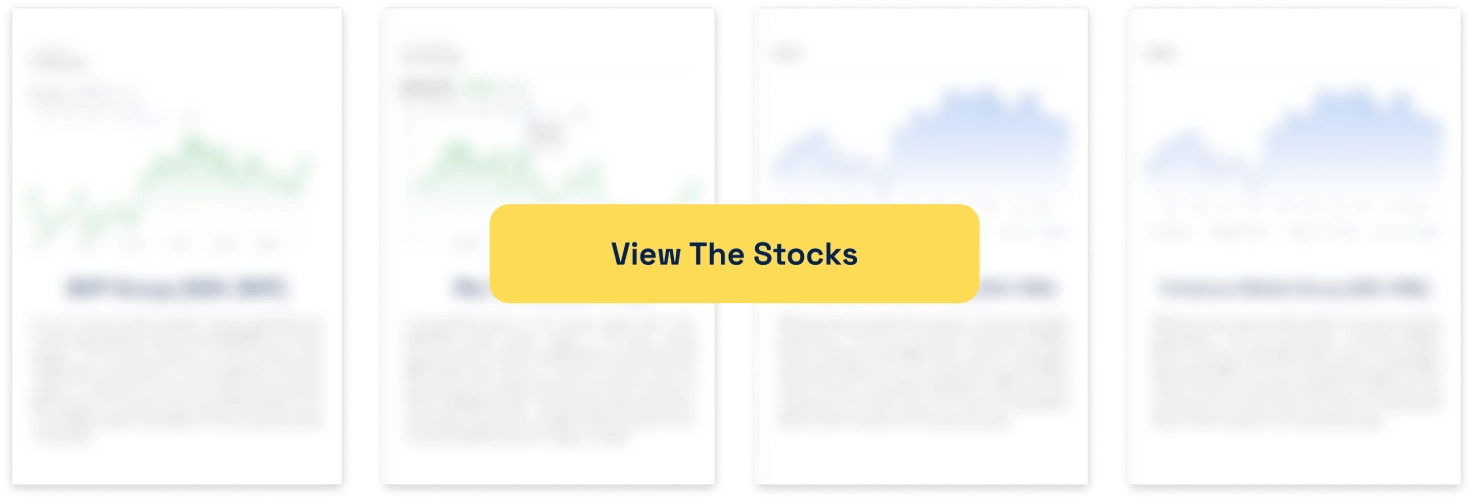Active investing: What is it, how is it different from passive investing and why isn’t it in vogue?

Active Investing – isn’t this a misleading term, as isn’t all investing a kind of ‘being active’ in the sense that you’re trying to grow your money rather than just lumping it in a deposit account at the bank? Yes, there is a degree of non-inertia in all investing, but some investing can be considered passive, while others active.
What is active investing?
Active investing is a strategy where investors (or fund managers) actively buy and sell stocks in an attempt to outperform the market (e.g., the S&P 500 or ASX 200). The goal is to capitalise on short- or long-term price movements and market inefficiencies.
Active trading involves frequent trading (to varying degrees) based on research, forecasts, and market trends. Common in actively managed mutual funds, hedge funds, or individual stock portfolios. Fundies typically use fundamental or technical analysis.
How Is Active Investing Different from Passive Investing?
Passive investing involves constructing a portfolio that seeks to replicate the performance of a market index by replicating the indice exactly, and thus matching rather than beating it. And so investors will buy and hold for the long-term.
With passive investing, investors have the potential to benefit from long-term fundamental market growth while minimising expenses such as trading fees and capital gains taxes that come with share transactions. But in doing so, they may miss out on growth opportunities that they would obtain with active investing – the opposite of passive investing.
Active investing may involve trying to replicate indices to some degree, but they may be ‘overweight’ on certain stocks and ‘underweight’ in others to beat the market. In other words, while CBA is only 10% of the market, they may buy all stocks in the ASX 200 but have CBA comprise of 25% of the portfolio with the view being that CBA will ‘beat the market’ and so they’ll perform better than just passively replicating the indice.
Obviously this involves the risk that any bets like this won’t work out and mean fundies will underperform the market. Plus, active investing fees are higher.
Are ETFs considered passive investing
Tough question. Certainly ETFs that just replicate indices are passive. But even ETFs that are ‘active’ (try and beat the market) could be considered passive from the investors perspective. Nonetheless, much of the money that has flown into ETFs has come from ‘active funds’.
Active Investing Is Declining in Popularity?
Yes, it has been declining, particularly over the past two decades.
This is because some of those reasons have been borne out in reality. Most actively managed funds have failed to consistently beat their benchmark indexes over time. According to SPIVA (S&P Indices Versus Active), over 85% of active funds underperform the S&P 500 over a 10-15 year period.
Moreover, costs are a major concern. Actively managed funds have higher expense ratios—often 1% or more, compared to 0.03–0.10% for index funds. With low-cost index funds widely available, many investors choose them for better long-term net returns.
Indeed with respect to all of the above, Vanguard, BlackRock (iShares), and others have popularised low-cost passive investment options. ETFs allow easy, diversified, low-cost exposure to entire markets. ETFs aside, Robo-advisors and algorithmic trading have also reduced the edge active managers once had.
And most importantly, with so much information widely available and processed instantly, markets have become more efficient, leaving fewer mispriced opportunities for active investors to exploit.
Conclusion
Active investing seeks to beat the market through research and timing, while passive investing seeks to match it at lower cost and effort. The shift toward passive investing reflects investor frustration with high fees and underperformance in the active space, alongside growing trust in data-backed passive strategies.
None of this is to suggest that the trend is irreversible, but the trend is what it is for now and things could get worse before they get better.
What are the Best ASX Stocks to invest in right now?
Check our buy/sell tips

Blog Categories
Get Our Top 5 ASX Stocks for FY26
Recent Posts
Is Lendlease (ASX:LLC) out of the doldrums for good?
Lendlease (ASX:LLC) has for the past several years been the classic definition of a ‘value trap’. You think a good…
Here are the 2 most important stock market taxes that investors need to be aware on
As one of two certainties in life, investors need to be aware of stock market taxes. Investors may be liable…
Our 5 ASX Predictions for 2026!
This article outlines 5 ASX Predictions for 2026 that Stocks Down Under puts its neck on the line to assert…


